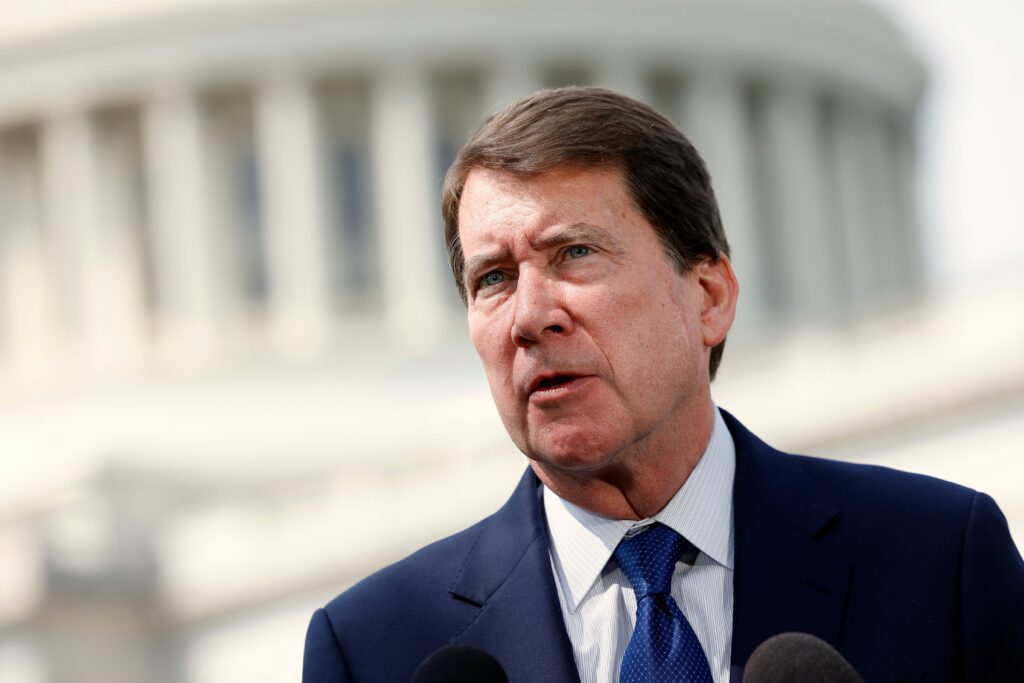The Guiding and Establishing National Innovation for U.S. Stablecoins (GENIUS) Act has taken a significant step forward with its latest draft, presented in a hearing on Tuesday. This new legislation aims to reshape the regulatory landscape for stablecoins, introducing a balanced approach between state and federal oversight.
Emerging Bipartisan Support for Stablecoin Regulation
The GENIUS Act is backed by a coalition of bipartisan senators: Bill Hagerty (R-TN), Tim Scott (R-SC), Kirsten Gillibrand (D-NY), Cynthia Lummis (R-WY), and Angela Alsobrooks (D-MD). Initially proposed by Senator Hagerty in February, the act seeks to create a comprehensive framework for stablecoin oversight by delineating the roles of state and federal authorities.
State Regulatory Authority Expanded
One of the most significant changes in the latest draft is the elevation of the threshold for state regulatory authority over stablecoin issuers. Under the proposed legislation, states will have the ability to oversee issuers whose market capitalization reaches up to $10 billion. This provision empowers state authorities to regulate a broader segment of the stablecoin market, fostering a collaborative approach with federal regulators.
Waiver Process for Larger Issuers
Additionally, the draft introduces a waiver process that allows larger stablecoin issuers to remain under state supervision, provided they meet specific criteria. To qualify for this waiver, issuers must demonstrate robust capital reserves, a solid operational track record, and be under the oversight of an experienced state regulator. This flexibility aims to encourage innovation while ensuring responsible management.
Enhanced Transparency and Disclosure Requirements
The updated legislation also emphasizes the importance of transparency among stablecoin issuers. Under the new requirements, issuers will be obliged to publish monthly liquidity reports that detail their reserve compositions and the total number of outstanding stablecoins. This measure is designed to bolster public confidence and ensure that issuers maintain adequate backing for their currencies.
Approved Reserves and Transaction Compliance
According to the latest draft, reserves backing stablecoins must consist of U.S. currency, demand deposits, Treasuries, or other “approved assets.” Furthermore, the bill mandates that stablecoin issuers establish mechanisms to comply with orders to freeze transactions. The Secretary of the Treasury will also be granted authority to block transactions involving stablecoins issued by foreign entities, enhancing national security.
Stricter Anti-Money Laundering Measures
Earlier versions of the GENIUS Act included provisions for enhanced know your customer (KYC) and anti-money laundering (AML) requirements. The most recent draft explicitly categorizes stablecoin issuers as financial institutions for AML purposes. This classification requires them to implement compliance programs and conduct due diligence on high-value transactions, ensuring greater accountability within the stablecoin market.
Next Steps for the GENIUS Act
As the bill progresses, it awaits potential amendments from the Senate Banking Committee before heading to the full Senate for debate and a final vote. The GENIUS Act represents a crucial step in establishing a clear regulatory framework for stablecoins, balancing the need for innovation with the imperative of consumer protection and financial stability.



